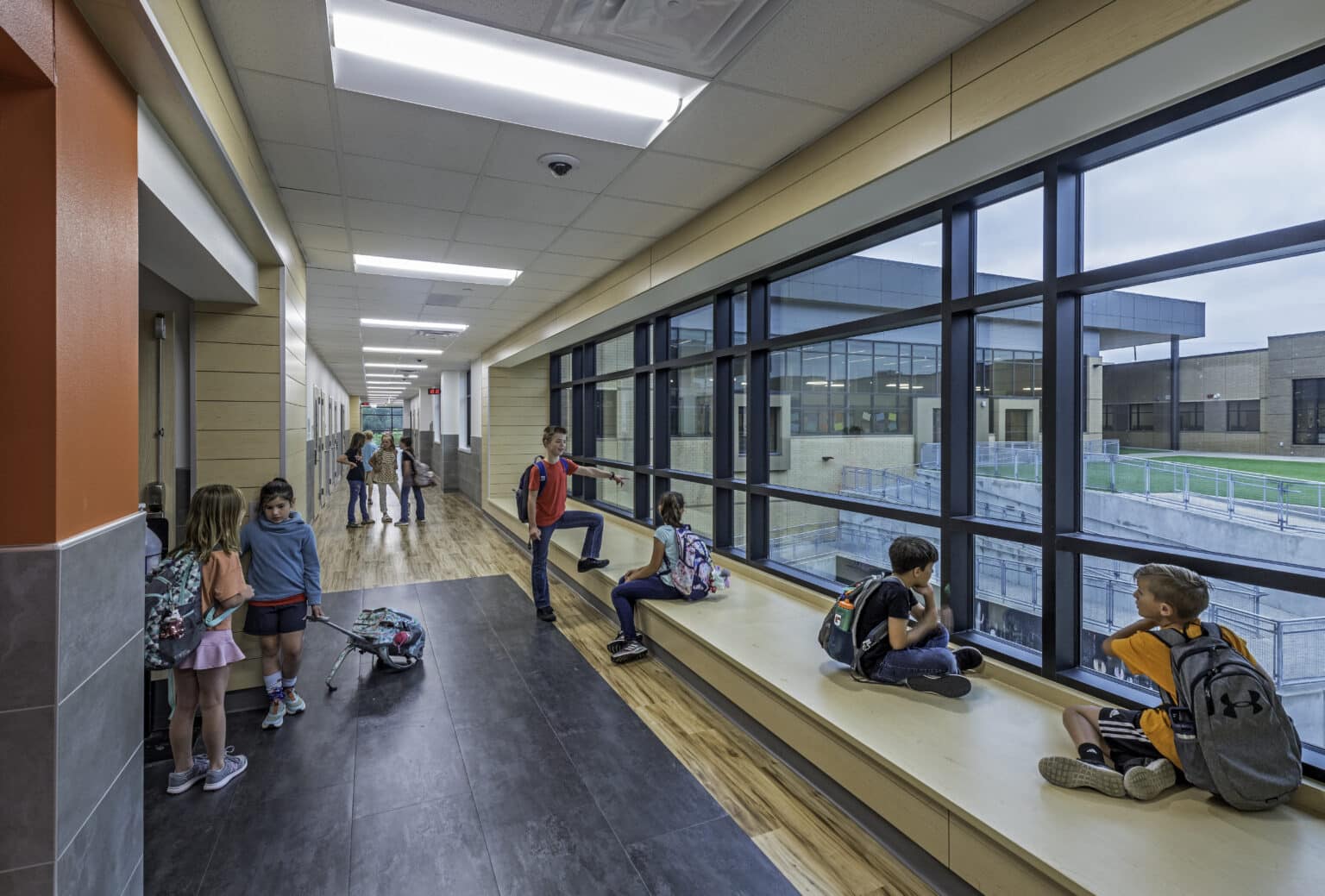In the realm of educational architecture, the importance of natural daylighting cannot be overstated. Incorporating ample daylight into primary and secondary schools, as well as universities, offers numerous benefits that foster a healthier, more productive learning environment.
Physical Health
Natural daylighting has direct implications for physical health. Exposure to natural light helps regulate the body’s circadian rhythm, promoting better sleep patterns and overall well-being. According to a study published in the Journal of Clinical Sleep Medicine, daylight exposure can lead to improved sleep quality and longer sleep duration, essential factors for growing minds and bodies (Viola et al., 2015).
Furthermore, natural light provides a source of Vitamin D, vital for bone health and immune system function. Integrating daylight into educational spaces can help mitigate the risk of vitamin D deficiency, particularly in regions with limited sunlight during certain seasons.
Mental Health and Well-being
The psychological benefits of natural daylighting are equally compelling. Exposure to daylight has been linked to reduced stress levels, improved mood, and decreased symptoms of depression. A study published in the Journal of Environmental Psychology found that employees in offices with windows and natural light reported higher levels of well-being and lower levels of stress compared to those in windowless environments (Boubekri et al., 2014).
In educational settings, where students spend a significant portion of their day, the mental health benefits of natural daylighting are invaluable. A well-lit environment can create a positive atmosphere conducive to learning, fostering a sense of comfort, security, and belonging.
Academic Performance
Numerous studies have demonstrated a positive correlation between daylighting and academic performance. A study conducted by Heschong Mahone Group found that students in classrooms with abundant natural light progressed 20% faster in math and 26% faster in reading than those in classrooms with less natural light (Heschong Mahone Group, 1999).
Natural light enhances visibility, reducing eye strain and fatigue, thereby facilitating better concentration and focus. It also creates a more engaging and stimulating environment, which can inspire creativity and critical thinking among students.
Overall Wellness and Performance
Beyond health and academic benefits, natural daylighting contributes to the overall wellness and performance of students. Exposure to daylight supports cognitive function, memory retention, and information processing, all essential aspects of effective learning.
Moreover, natural light promotes a connection with the outdoors, encouraging students to engage with nature and appreciate the world around them. This connection to the natural environment can instill a sense of responsibility and stewardship towards the environment, fostering environmentally conscious behaviors and attitudes.
Designing educational spaces with a focus on natural daylighting is not merely an aesthetic choice but a strategic decision with profound implications for student health, academic performance, mental well-being, and overall wellness. At PBK, we are committed to creating modern, innovative schools that prioritize the well-being and success of students. By harnessing the power of natural light, we aim to design learning environments that inspire, nurture, and empower the next generation.
